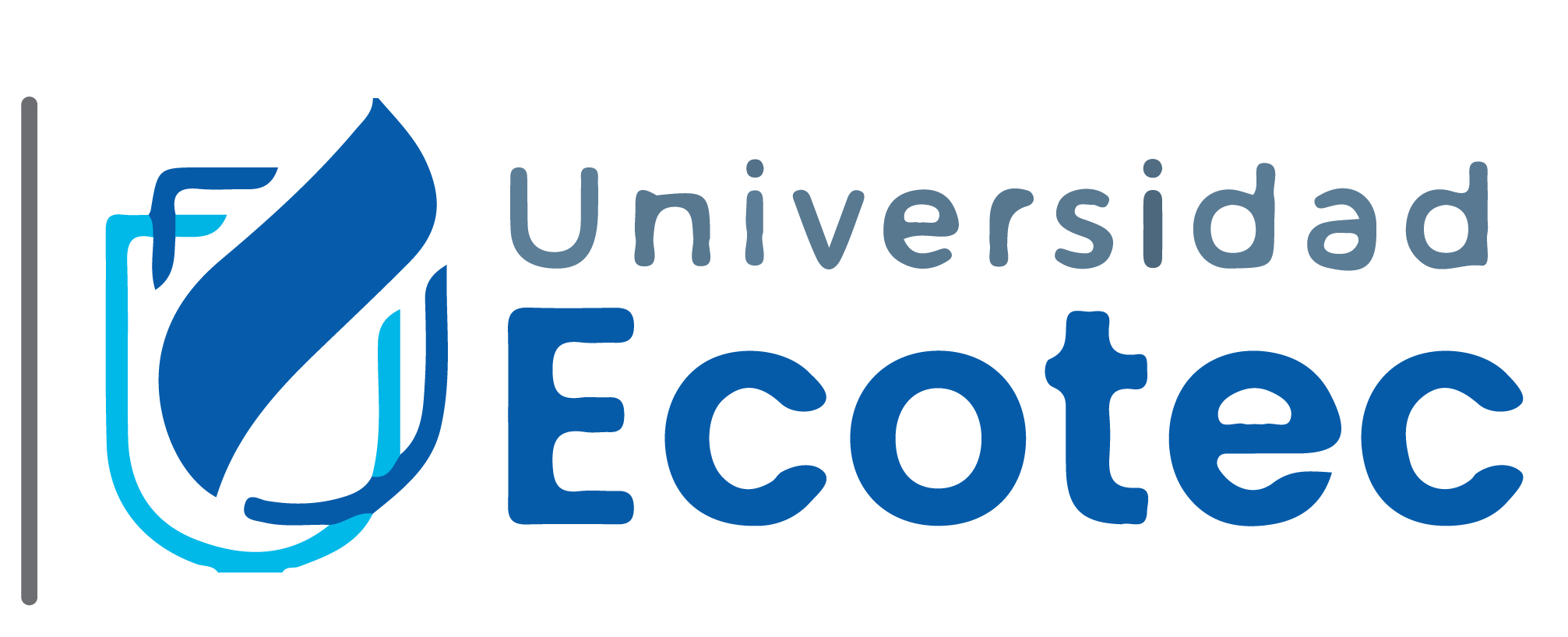Artículo
Technologies for the circular economy in agriculture
Resumen
0
Autores | Jacinto, AA; Spinace, MAD |
Título | Mapping of the Brazilian Groups Studying Nanocellulose |
Afiliaciones | Universidade Federal do ABC (UFABC) |
Año | 2019 |
DOI | 10.32604/jrm.2019.04427 |
Tipo de acceso abierto | hybrid |
Referencia | WOS:000469795600003 |
Artículo obtenido de: | WOS |



